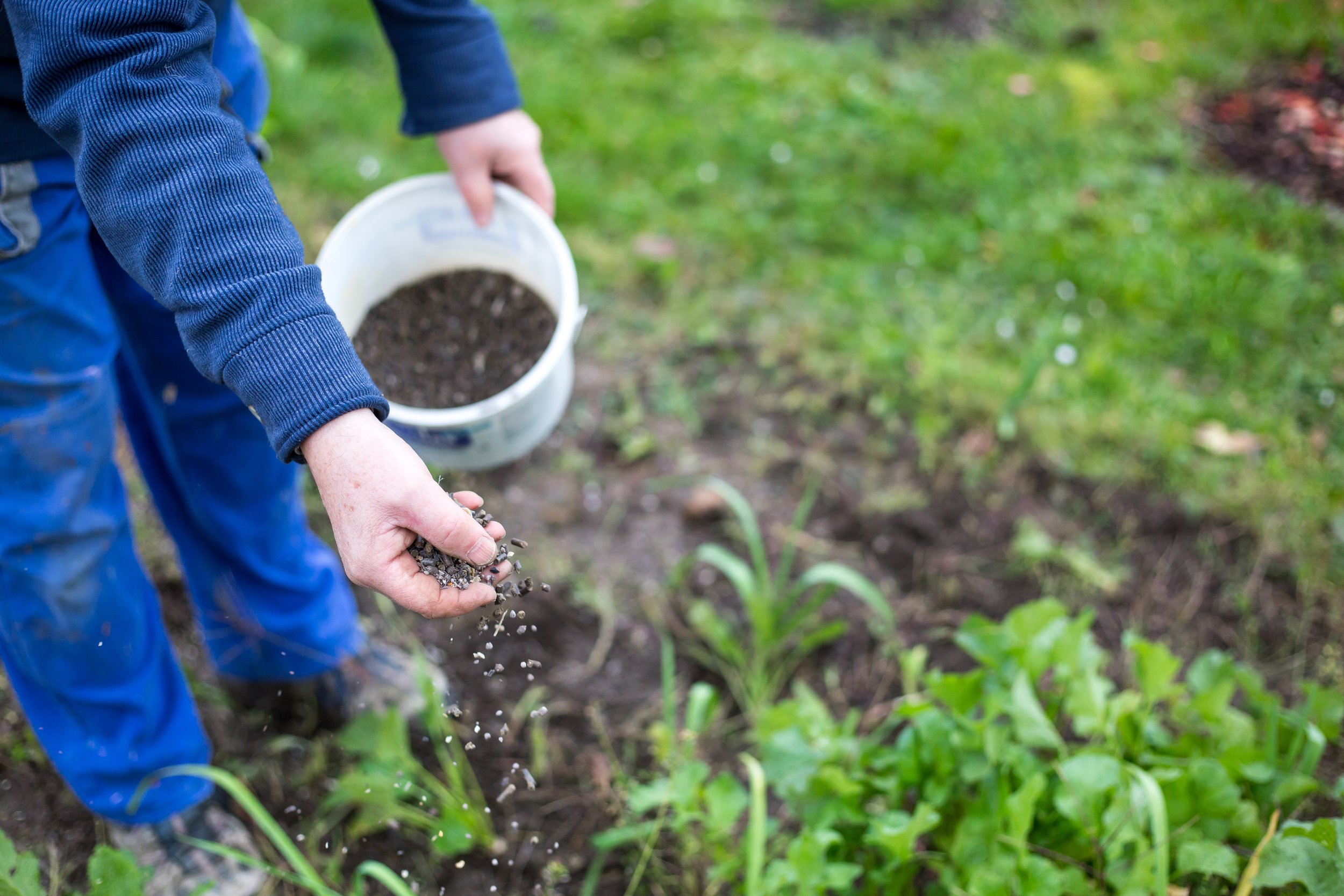Kid-Friendly Guide to Fertilizers
Just like humans and animals, plants need water, food, and various nutrients to grow and thrive. Usually, they get these necessary ingredients from the air and from the soil.
The food that green plants “eat” the most is carbon dioxide and water. With the help of sunlight and the green pigment chlorophyll, plants turn these materials into glucose sugar through a process called photosynthesis. The glucose is then transformed into starch, cellulose, and other carbohydrates that become parts of the plant.
Just like how we take extra vitamins, plants need extra nutritional support. That’s where the fertilizers come in! Fertilizers are ingredients that people add to the soil or spray on the leaves of plants to keep them well-nurtured.
Every plant needs to have many fats, proteins, and other compounds such as nitrogen and magnesium—all of which should be provided from its natural environment. The nutrients that it eats up in large quantities (also called macronutrients) are nitrogen, phosphorus, potassium, calcium, sulfur, and magnesium. Micronutrients, on the other hand, are needed in very small amounts and include manganese, zinc, copper, molybdenum, boron, silicon, and chlorine.
Types of fertilizers
There are two main categories of fertilizers: natural and chemical. The natural ones come from other plants and animals and can be made through composting. Chemical fertilizers are those that are manufactured in factories and contain chemical ingredients.
Long time ago, legumes, farmyard manure (solid and liquid animal wastes), and other farm wastes were the only fertilizers used by farmers and gardeners. It’s curious to note that other organic fertilizers include guano (the wastes of seabirds or bats), sludge (the solid remains from city sewage disposal), and the waste from meat-packing houses and from fish.
But as the world population is growing, more food needs to be produced quickly and that’s how the chemical fertilizers were created—they contain more nutrients than the natural fertilizers of equal weight. After decades of using chemical fertilizers, we came to understand that they lower the fertility of the soil and cause dryness, which leads to erosion.
Since the chemical fertilizers can have a negative effect on soil fertility, a new type was brought into use: biofertilizers. Environmentally-friendly, they contain living cells, latent cells, or even micro-organisms. They provide the soil with precious nutrients and microbes that support the healthy growth of the plants, while also taking care of the soil and its ability to remain fruitful.
Importance of fertilizers
Fertilizers help plants be stronger when pests attack them.
Fertilizers help plants hold more water and have longer roots that can go deep in finding underground water.
The potassium for plants is like spinach for Popeye the Sailor Man! It strengthens their straws and stalks.
The phosphorus helps seeds turn into plants faster.
The nitrogen supports growth of the plants.
Disadvantages of using chemical fertilizers
They are expensive.
They can be bad for the skin and the respiratory system.
Excessive use of fertilizers is not good for the plants and the soil fertility.
When fertilizers reach nearby bodies of water, they bring in large amounts of nutrients, which leads to a dense growth of plant life and a lack of enough oxygen for the animals.
Long term use of chemical fertilizers lowers the microbial activity, which is an important process for the soil’s balanced health.
And before you go, we have a little pop quiz for you!
Do you know which plant that doesn’t need soil, water, or fertilizer to grow and yet grows much more quickly than the rest of the plants in the world?
It’s SEAWEED! This climate-friendly aquatic plant keeps the oceans healthy, while bringing valuable nutritions and benefits to people too!





